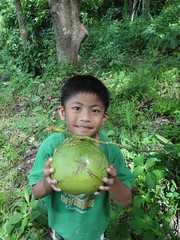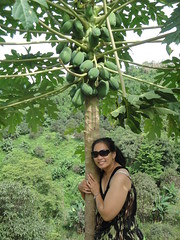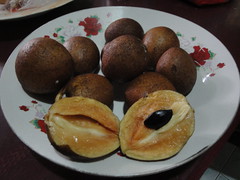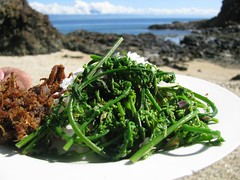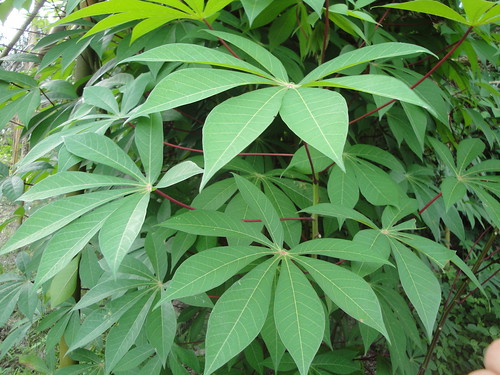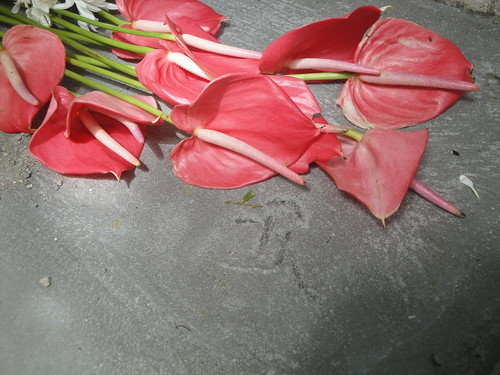Amidst the chaos within cramped quarters, untidy roommates, and multiple distractions, having a another living thing that's relatively low-maintenance, drama-free, and stays relatively quiet can be a welcomed addition. Being the plant geek I am, of course I'm talking about houseplants!!
Liven up a room, purify the air, bring part of the outdoors in: there are so many wonderful attributes to a simply potted plant in a room.
Like selecting plants for a garden, choosing houseplants is a similar process in that you have to first determine what sort of conditions you have:
1)How much light does it get during the day?
2)How often do you want/can water during the week?
3)How big does it get? Can I keep it small if it gets too big?
4)Will my pet or potential drunken roommate try to eat and/or destroy it?
With a diverse selection to choose from, here are some popular plants that require very little attention. There's no such thing as a NO MAINTENANCE plant. Think of it this way: a plant can be like a pet, or even a child. The bonus is plants don't yell and scream, can survive without food because it makes it own, and they don't poop everywhere and smell bad! Ok, some can smell bad, but just don't buy those! lol

Aspidistra (Cast Iron Plant)
Part to Full Shade
Water once every 1.5 to 2 weeks.

Sansevieria (Snake Plant)
Full Sun to Part Shade
Water once every 1.5 to 2 weeks.

Draceana (Lucky Bamboo)
Part Sun
Can keep in standing water.

Spathiphyllum (Peace Lily)
Part Sun
Water once a week

Epipremnum (Pothos)
Part Sun
Water once a week

Chlorophytum comosum (Spider Plant)
Full to part sun or shade
Water once a week.
There is a remarkable selection to choose from and variations of the plants listed above. There is definitely something there for everyone.
"I might as well just grow a rock!" a friend of mine once complained. OK, look for this:

Those looking for something a little more exotic and not often readily available, check out this selection of easy to grow houseplants that are sure to make people's head turn!

Phalaenopsis (Moth Orchid)
Orchids have long been the most ethereal and most coveted of all flowering houseplants, but they've also earned the reputation of being very expensive and difficult to grow. With orchids being churned out in "factories", they are readily available and affordable. Phals are probably the easiest of the orchids to grow because they like conditions that we humans like as well (moderate light and moderate temperatures). The flowers last a long time and if you cut the spent stem in half after all the blooms have gone to encourage another spike and buds to appear to flower yet again!

Tillandsia (Air Plant)
These fun plants are your quintessential epiphytes or "air plants" that naturally attach themselves to a tree in the forest to have access to light and nutrients from decaying leaves or "fertilizer" above from flying creatures. They live without soil and a simple dunk in water once a week is more than enough. You can hang them by your bed post, lap, or just anywhere they seem to fit just as long as they get bright light!

Clivias aren't often grown, but oh boy are they tough! They thrive on neglect and actually preferred to be root-bound in order to bloom. They're great in shade to part shade, but they need a rest period in order to flower, Check link here!

Musa zebrina (Bloodleaf Banana)
A most dramatic foliage plant with lush leaves that can get quite large, but it can easily be kept in a container in a relatively bright to semi-shaded location in the home. While it doesn't really produce fruit, there is a Dwarf Cavendish type that gets to be about 3 feet tall and this plant can reliably produce small, but edible fruits!! Read about it here.
So, keeping these tips in mind, head to a local grocery store, garden center, or home improvement store and pick out what you like and just give it a try. If you kill it, you kill it. No worries, mate! It's how you learn to grow plants and with a little patience and persistence, you can be quite successful.
BIGGEST MISTAKE MOST PEOPLE MAKE WITH HOUSEPLANTS: OVERWATERING!!!!!
Really, lots of plants really just like to be left alone. If you forget to water, you forget to water and there's a slight chance a plant can come back. If you drown the poor thing, nothing can come back from mush.
Probably best that I didn't dorm because knowing me, I would have brought home so many plants, my roommate would have to machete his way to get through to his side of the room OR wildlife could start inhabiting the ecosystem I'd be creating.
Or, he could simply ask: "C'mon Riz, which one's the good stuff?"



